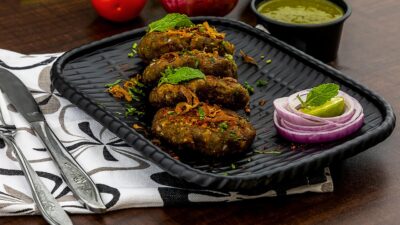The kitchen is often considered the heart of the home, a gathering place for family and friends where delicious meals and lasting memories are created. Designing your dream kitchen is not just about aesthetics; it’s about functionality, comfort, and joy in cooking. Here are essential features to consider when crafting your culinary sanctuary.
1. Smart Layout and Flow
A well-planned layout is crucial for an efficient kitchen. The "kitchen work triangle," which connects the stove, sink, and refrigerator, should allow smooth movement between these key areas. Popular layouts like the L-shape, U-shape, or open concept can enhance flow. Ensure pathways are clear and spacious, promoting an inviting environment for cooking and entertaining.
2. High-Quality Appliances
Investing in high-quality, energy-efficient appliances can elevate your cooking experience. Consider professional-grade ovens, induction cooktops, and dual-zone refrigerators. Features like smart technology in appliances allow for remote operation and monitoring, making your kitchen not only more convenient but also more modern.
3. Ample Storage Solutions
A clutter-free kitchen is a happy kitchen. Ample storage is essential for keeping your culinary tools and ingredients organized. Incorporate custom cabinetry, pull-out shelves, deep drawers for pots and pans, and vertical storage for spices and condiments. Consider including a pantry for bulk items, keeping your everyday essentials easily accessible.
4. Versatile Countertops
Countertops are where much of the kitchen magic happens, so choose surfaces that are not only beautiful but also durable and easy to maintain. Materials like quartz, granite, or butcher block offer both functionality and aesthetic appeal. An expansive countertop provides ample space for meal prep, showcasing your culinary creations.
5. Quality Lighting
Good lighting can transform a kitchen from merely functional to truly inviting. Incorporate a mix of task, ambient, and accent lighting. Pendant lights over an island, under-cabinet lighting for work areas, and recessed ceiling lights can create a warm and inviting atmosphere. Adjustable dimmers can also help set the mood for both cooking and dining.
6. Comfortable Seating Areas
If your kitchen is the hub of your home, consider integrating comfortable seating. A thoughtfully designed island with bar stools can create a casual dining area. Alternatively, a cozy breakfast nook can provide a perfect spot for morning coffee or family meals. Ensure the seating is not only stylish but also comfortable enough for lingering.
7. Sustainable Features
In today’s world, sustainability plays a vital role in kitchen design. Consider eco-friendly materials for cabinets, countertops, and flooring. Install energy-efficient appliances and LED lighting to reduce energy consumption. Incorporating a compost station or recycling bin can also promote greener practices in your culinary space.
8. Personal Touches and Aesthetics
Your kitchen should reflect your personal style. Adding unique design elements like a colorful backsplash, vintage accents, or statement lighting fixtures can give your kitchen character. Consider open shelving to display cherished dishware or a herb garden on the windowsill for both decoration and functionality.
9. Multi-functional Spaces
Today’s kitchens often serve multiple purposes. Think about integrating a small desk area for meal planning or catching up on emails. A section for coffee and tea preparation or a bar area for entertaining can also add versatility. These multifunctional spaces enhance convenience and encourage a lively kitchen atmosphere.
Conclusion
Creating your dream kitchen doesn’t happen overnight, but it begins with thoughtful planning and consideration of your cooking habits and lifestyle. By focusing on functionality, quality, and personal style, you can transform your kitchen into a culinary bliss. Remember, a well-designed kitchen not only makes cooking enjoyable but also fosters connection with loved ones, turning every meal into a cherished moment.



